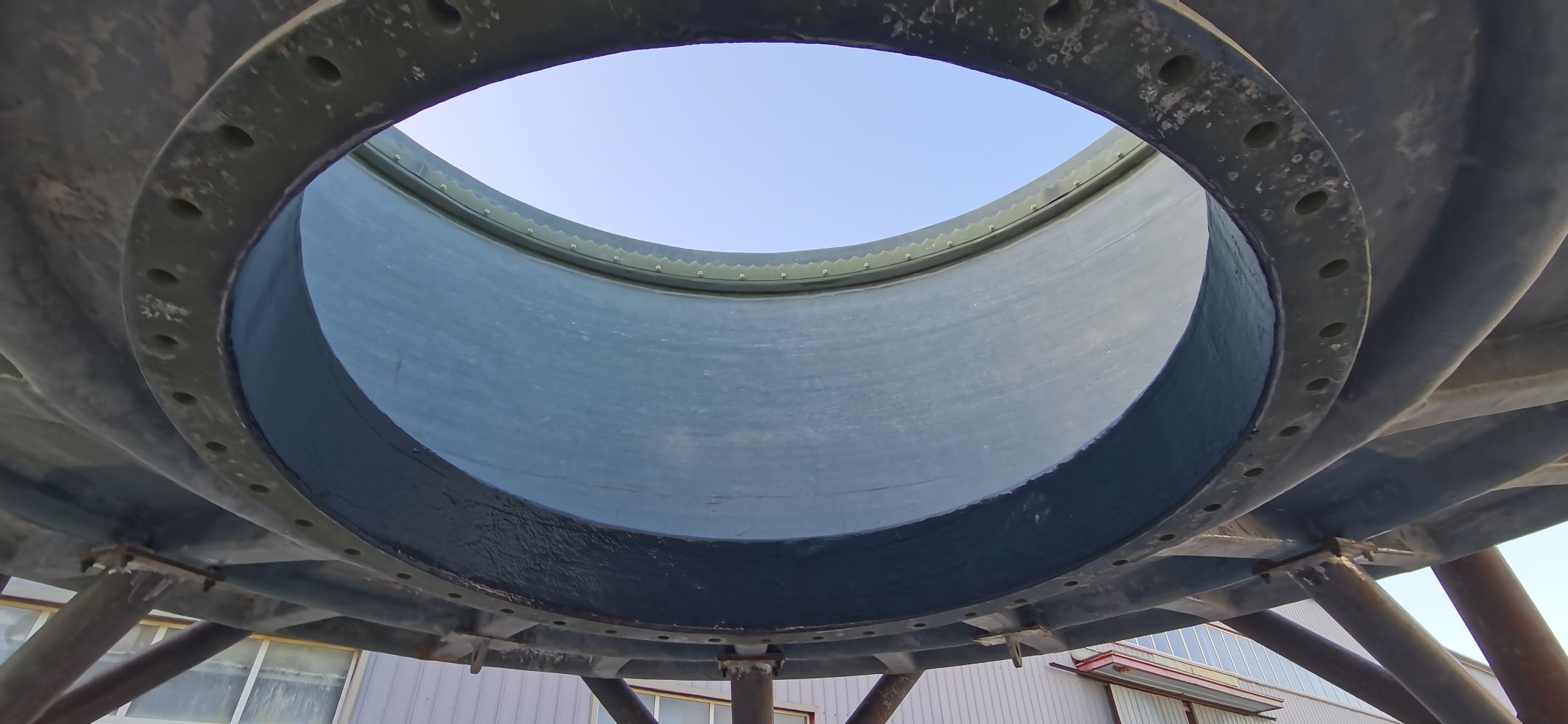
-
 Afrikaans
Afrikaans -
 Albanian
Albanian -
 Amharic
Amharic -
 Arabic
Arabic -
 Armenian
Armenian -
 Azerbaijani
Azerbaijani -
 Basque
Basque -
 Belarusian
Belarusian -
 Bengali
Bengali -
 Bosnian
Bosnian -
 Bulgarian
Bulgarian -
 Catalan
Catalan -
 Cebuano
Cebuano -
 China
China -
 China (Taiwan)
China (Taiwan) -
 Corsican
Corsican -
 Croatian
Croatian -
 Czech
Czech -
 Danish
Danish -
 Dutch
Dutch -
 English
English -
 Esperanto
Esperanto -
 Estonian
Estonian -
 Finnish
Finnish -
 French
French -
 Frisian
Frisian -
 Galician
Galician -
 Georgian
Georgian -
 German
German -
 Greek
Greek -
 Gujarati
Gujarati -
 Haitian Creole
Haitian Creole -
 hausa
hausa -
 hawaiian
hawaiian -
 Hebrew
Hebrew -
 Hindi
Hindi -
 Miao
Miao -
 Hungarian
Hungarian -
 Icelandic
Icelandic -
 igbo
igbo -
 Indonesian
Indonesian -
 irish
irish -
 Italian
Italian -
 Japanese
Japanese -
 Javanese
Javanese -
 Kannada
Kannada -
 kazakh
kazakh -
 Khmer
Khmer -
 Rwandese
Rwandese -
 Korean
Korean -
 Kurdish
Kurdish -
 Kyrgyz
Kyrgyz -
 Lao
Lao -
 Latin
Latin -
 Latvian
Latvian -
 Lithuanian
Lithuanian -
 Luxembourgish
Luxembourgish -
 Macedonian
Macedonian -
 Malgashi
Malgashi -
 Malay
Malay -
 Malayalam
Malayalam -
 Maltese
Maltese -
 Maori
Maori -
 Marathi
Marathi -
 Mongolian
Mongolian -
 Myanmar
Myanmar -
 Nepali
Nepali -
 Norwegian
Norwegian -
 Norwegian
Norwegian -
 Occitan
Occitan -
 Pashto
Pashto -
 Persian
Persian -
 Polish
Polish -
 Portuguese
Portuguese -
 Punjabi
Punjabi -
 Romanian
Romanian -
 Russian
Russian -
 Samoan
Samoan -
 Scottish Gaelic
Scottish Gaelic -
 Serbian
Serbian -
 Sesotho
Sesotho -
 Shona
Shona -
 Sindhi
Sindhi -
 Sinhala
Sinhala -
 Slovak
Slovak -
 Slovenian
Slovenian -
 Somali
Somali -
 Spanish
Spanish -
 Sundanese
Sundanese -
 Swahili
Swahili -
 Swedish
Swedish -
 Tagalog
Tagalog -
 Tajik
Tajik -
 Tamil
Tamil -
 Tatar
Tatar -
 Telugu
Telugu -
 Thai
Thai -
 Turkish
Turkish -
 Turkmen
Turkmen -
 Ukrainian
Ukrainian -
 Urdu
Urdu -
 Uighur
Uighur -
 Uzbek
Uzbek -
 Vietnamese
Vietnamese -
 Welsh
Welsh -
 Bantu
Bantu -
 Yiddish
Yiddish -
 Yoruba
Yoruba -
 Zulu
Zulu
frp cover
The Importance of FRP Cover in Modern Engineering
Fiber Reinforced Polymer (FRP) cover is gaining significant attention in modern engineering and construction due to its remarkable properties and potential benefits. This composite material, primarily made up of a polymer matrix reinforced with fibers such as glass, carbon, or aramid, offers unique characteristics that make it an ideal choice for various applications, particularly in civil engineering, infrastructure, and renewable energy sectors.
One of the key advantages of FRP cover is its exceptional strength-to-weight ratio. Unlike traditional materials like steel and concrete, FRP is lightweight, which reduces the overall load on structures and simplifies transportation and handling during construction. This property is especially valuable in applications such as bridges, where minimizing weight can reduce the need for extensive support systems and increase the overall longevity of the infrastructure.
The Importance of FRP Cover in Modern Engineering
In addition to its mechanical properties, FRP cover provides excellent thermal and electrical insulation. This feature is particularly beneficial in applications related to electrical engineering where non-conductive materials are essential. It also aids in maintaining stable temperatures in environments where thermal fluctuations can be detrimental, such as in the construction of storage facilities or manufacturing plants.
frp cover

The versatility of FRP also extends to its customization capabilities. The properties of FRP can be tailored to meet specific requirements, including varying the type and orientation of fibers or customizing the polymer matrix. This adaptability allows engineers and designers to create materials that are precisely suited to their project needs, from enhanced tensile strength to improved impact resistance.
Furthermore, the sustainability aspect of FRP covers cannot be overlooked. As the world becomes increasingly aware of environmental issues, the demand for sustainable materials is rising. FRP is often manufactured using recycled materials, and its durability also means that structures can be maintained for longer periods, further reducing the need for new materials. Additionally, the lightweight nature of FRP can lead to lower energy consumption during transportation and installation.
FRP covers are also paving the way for innovation in renewable energy technologies. In the wind energy sector, for example, FRP is used in the production of turbine blades due to its lightweight and strength characteristics. These properties contribute to increased efficiency and performance of wind turbines, making renewable energy more viable.
In conclusion, the significance of FRP cover in modern engineering cannot be understated. Its unique properties such as lightweight, corrosion resistance, and customization make it an excellent choice for a wide array of applications. As industries continue to prioritize sustainability and resilience in their projects, the use of Fiber Reinforced Polymer is likely to expand, offering innovative solutions for future challenges in construction and engineering. Through continued research and development, FRP is poised to play a crucial role in shaping a more sustainable and efficient built environment.









